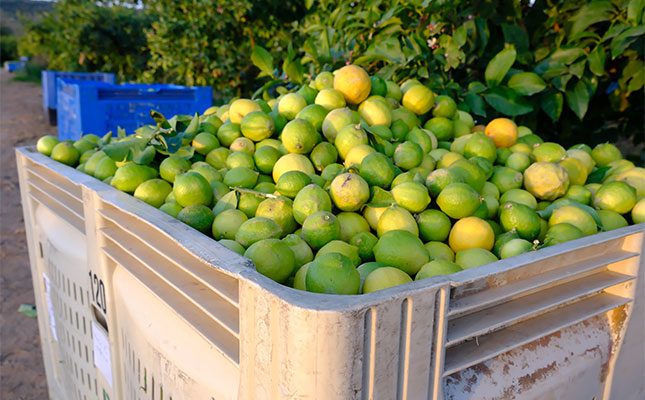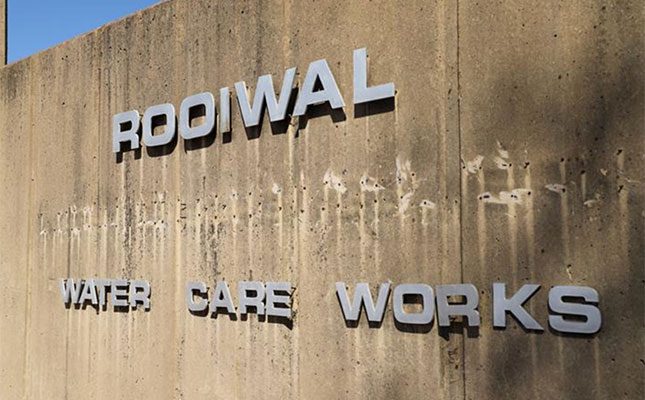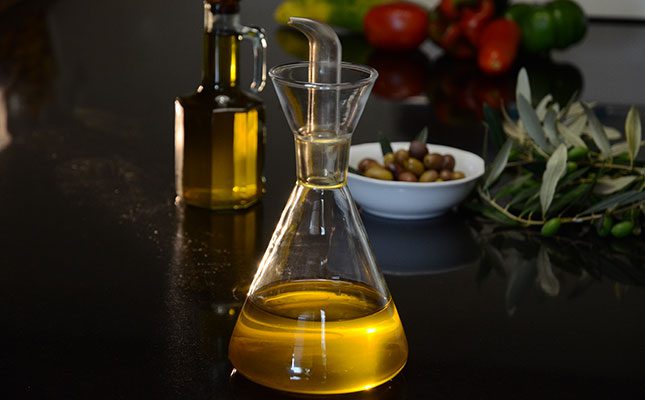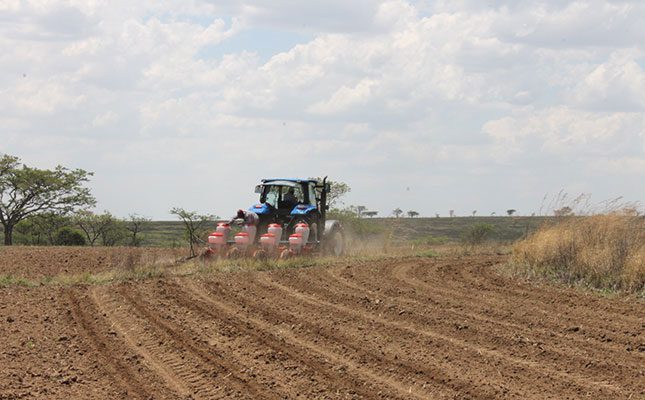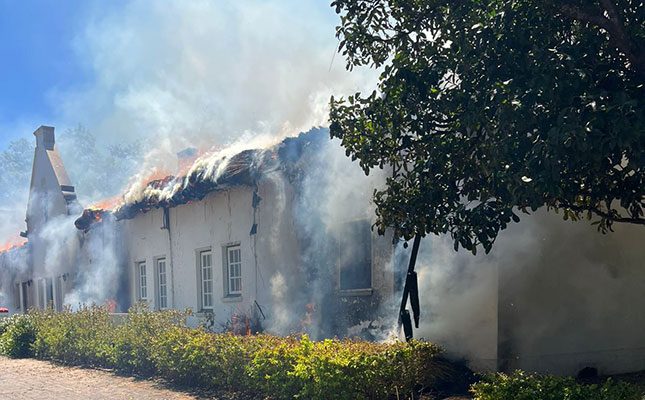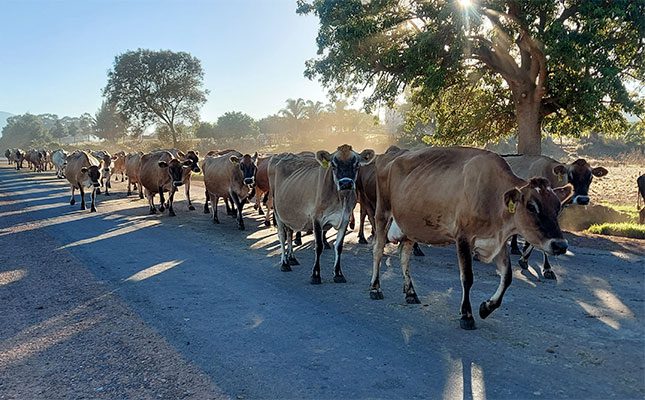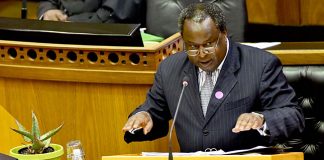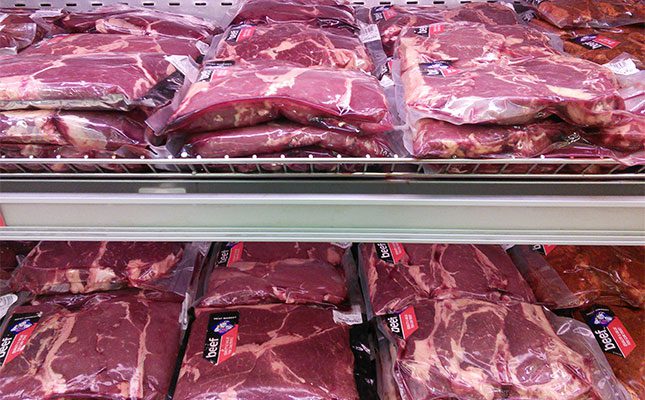
According to Statistics South Africa’s (Stats SA) latest Consumer Price Index (CPI) report, the food and non-alcoholic beverages category was the only major driver of the monthly CPI increase.
The category rose by 1,1% in May following a 1,3% rise in April, pushing the annual rate up to 4,8%, the highest since March 2024.
Beef, in particular, has emerged as the key culprit behind the spike in meat inflation. The annual rate for meat rose from 3% in April to 4,4% in May. Specific cuts saw notable month-on-month (m/m) increases, including beef steak (up 4,5%), stewing beef (up 2,5%), and beef mince (up 1,7%).
Stats SA attributes the rise to “a widespread outbreak of foot-and-mouth disease, combined with higher feed prices”, which continue to strain producers and drive up retail prices.
Economist Casey Sprake confirmed the link between livestock disease and inflationary pressures.
“Despite these broader disinflationary forces, food inflation has re-emerged as a growing concern. The rise in the food and non-alcoholic beverages category reflects the lagged impact of supply-side shocks, including a widespread outbreak of foot-and-mouth disease and elevated feed costs,” she said.
The beef sector has been particularly vulnerable, with large feedlots reporting infection clusters that have led to livestock quarantines, halted exports, and localised supply shortfalls, placing additional pressure on both farmers and consumers.
Sprake further warned that continued food price increases, especially for essential, non-discretionary items, pose a risk to household spending power and inequality.
“Rising food costs disproportionately affect lower-income households and could erode real purchasing power if the trend persists,” Sprake said.
She noted, however, that these developments come amid a broader softening in inflation metrics, with core CPI stable at 3% year-on-year and durable goods still deep in deflation, but cautioned that “the road ahead is far from clear” due to geopolitical risks and trade uncertainty.
“While headline CPI remains well below the midpoint of the SARB’s 3%–6% target band, the evolving geopolitical and trade backdrop (especially the possibility of reciprocal tariffs or further oil price shocks) complicates the policy outlook.”
While food prices rise, fuel inflation offered temporary relief, with petrol and diesel prices dropping 15.9% and 12.6% respectively over the year.
“Prices declined by 1.1% MoM and plunged 14.9% YoY — the largest annual drop since October 2024. Petrol is now 15.9% cheaper than a year ago, while diesel prices have fallen by 12.6%. This trend is expected to continue into July, with pump prices forecast to decline further. However, downside support from fuel may prove temporary.
“Renewed geopolitical tensions in the Middle East, coupled with a weakening rand, have begun to push global oil prices higher, raising the risk that domestic fuel costs could soon reverse direction.”

